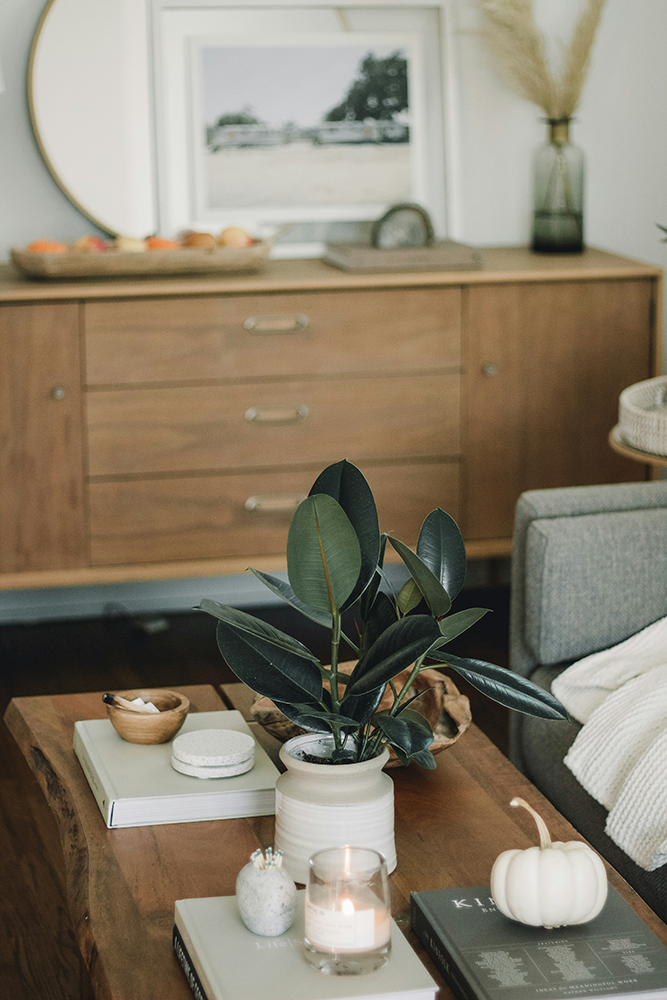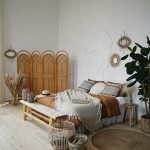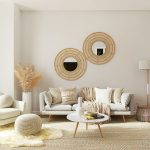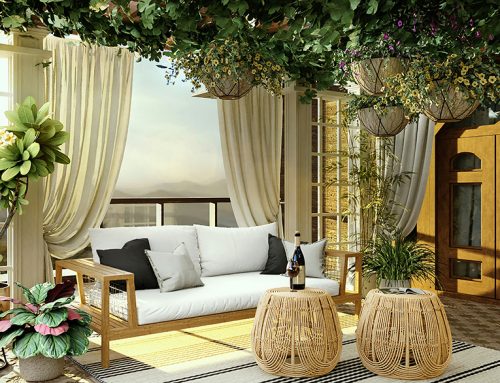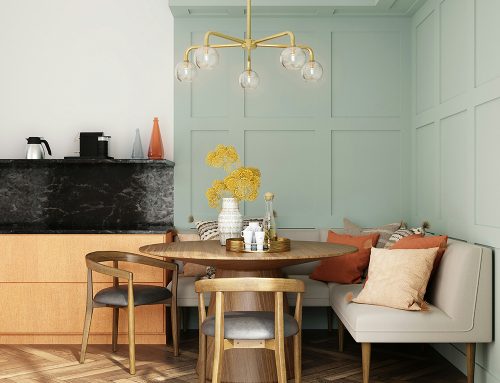In the first Wylde blog for March we’re talking materials and textiles. In the realm of interior design and architecture, materials and textiles serve as a cornerstone upon which creative schemes are built upon and personalised. From the sleek lines of modernist architecture to the cosy hygge comforts of Scandinavian interiors, the selection and implementation of materials and textiles play a pivotal role in defining the ambiance, functionality, and aesthetic appeal of a space.
Every material carries its own unique texture, colour, and character, which can drastically alter the mood and atmosphere of a room. For instance, the warmth of natural wood infuses a sense of rustic charm, while the coolness of polished concrete exudes a contemporary vibe. By strategically combining different materials, designers can evoke specific emotions and enhance the overall sensory experience of a space.
Function meets form. In addition to aesthetics, the choice of materials and textiles must also align with the practical needs of the occupants. In high-traffic areas, durable and easy-to-clean surfaces such as porcelain tiles or engineered hardwood flooring are preferred for their longevity and low maintenance. Similarly, in spaces where acoustics are crucial, textiles like plush carpets and sound-absorbing curtains, along with other acoustic materials can help minimise noise pollution and create a more tranquil environment.
One of the hallmarks of exceptional design lies in the harmonious integration of diverse materials and textiles. Mixing contrasting textures and patterns can add depth and visual interest to a room, while also reflecting the unique personality and tastes of its inhabitants. For example, pairing rough-hewn stone with luxurious velvet upholstery can create a striking juxtaposition that stimulates the senses and sparks conversation.
In recent years, there has been a growing emphasis on sustainable design practices within the interior design and architecture industries. Designers are increasingly opting for eco-friendly materials such as reclaimed wood, recycled glass, and organic fabrics to minimise their environmental footprint and promote responsible stewardship of natural resources. By prioritising sustainability, designers not only contribute to the preservation of the planet but also inspire others to embrace more eco-conscious design principles.
Materials and textiles also serve as vehicles for cultural expression and storytelling within a space. Whether it’s the intricate patterns of Moroccan tiles, the vibrant hues of Indian textiles, or the minimalist elegance of Japanese shoji screens, each element carries with it a rich tapestry of history, tradition, and craftsmanship. By incorporating these cultural artefacts into contemporary designs, designers can pay homage to the past while simultaneously celebrating the diversity of the present.
In conclusion, the art of materials and textiles in interior design and architecture is a multifaceted journey that involves a delicate balance of aesthetics, functionality, sustainability, and cultural sensitivity. By embracing the inherent beauty and versatility of various materials and textiles, us designers have the power to transform ordinary spaces into extraordinary spaces!

